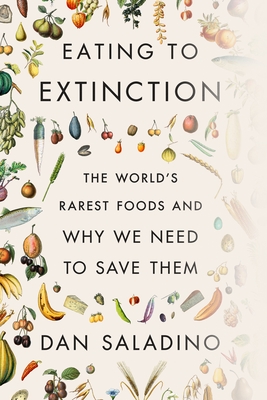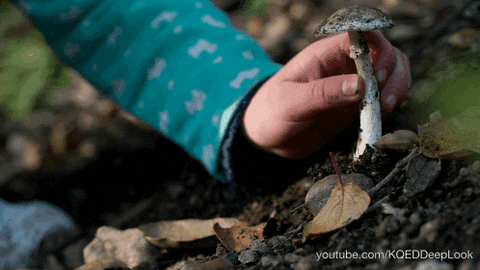What do you think?
Rate this book


450 pages, Hardcover
First published January 1, 2021
Go to the ant, you sluggard; consider its ways and be wise! It has no commander, no overseer or ruler, yet it stores its provisions in summer and gathers its food at harvestbut we need to change 'sluggard' to researcher. So the first thing the book is about is the importance of diversity to protect food supplies.
The human diet has undergone more change in the last 150 years (roughly six generations) than in the previous one million years (around 40,000 generations)
Since the middle of the twentieth century the body mass of the average chicken has increased five fold.
While a dairy cow in 1900 might have been expected to deliver between 1500 and 3000 litres of milk per year, by the end of the century the expectation was more like 8000 litres.
More than 95 per cent of America’s dairy herd is based around one breed of ‘super cow’, the Holstein.
A single bull in Wisconsin can now father half a million offspring in fifty different countries.

